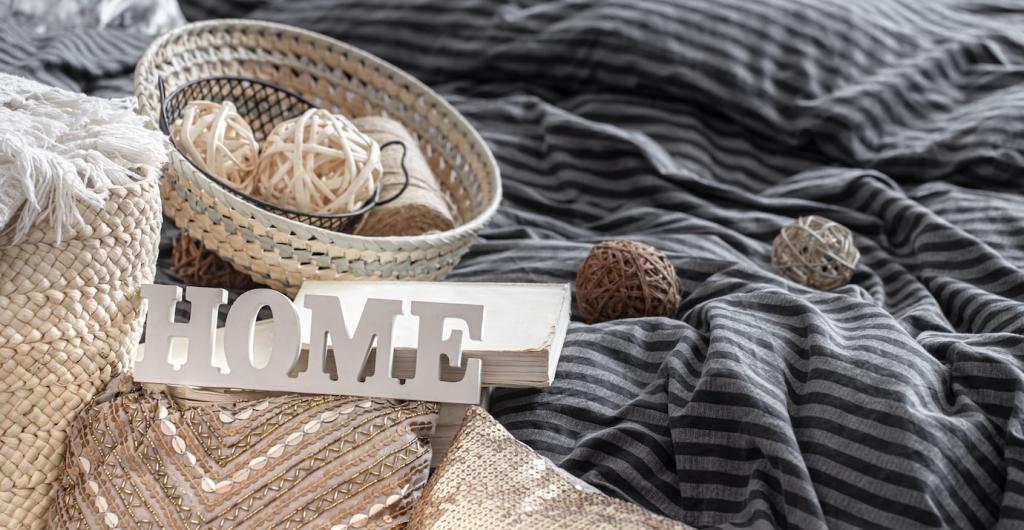Upcycling Furniture for Eco‑Friendly Rooms: A Fresh Start
Today’s chosen theme: Upcycling Furniture for Eco‑Friendly Rooms. Step into a world where cast‑off pieces become soulful centerpieces, resourcefulness beats waste, and every makeover reduces your footprint while elevating your home’s character.
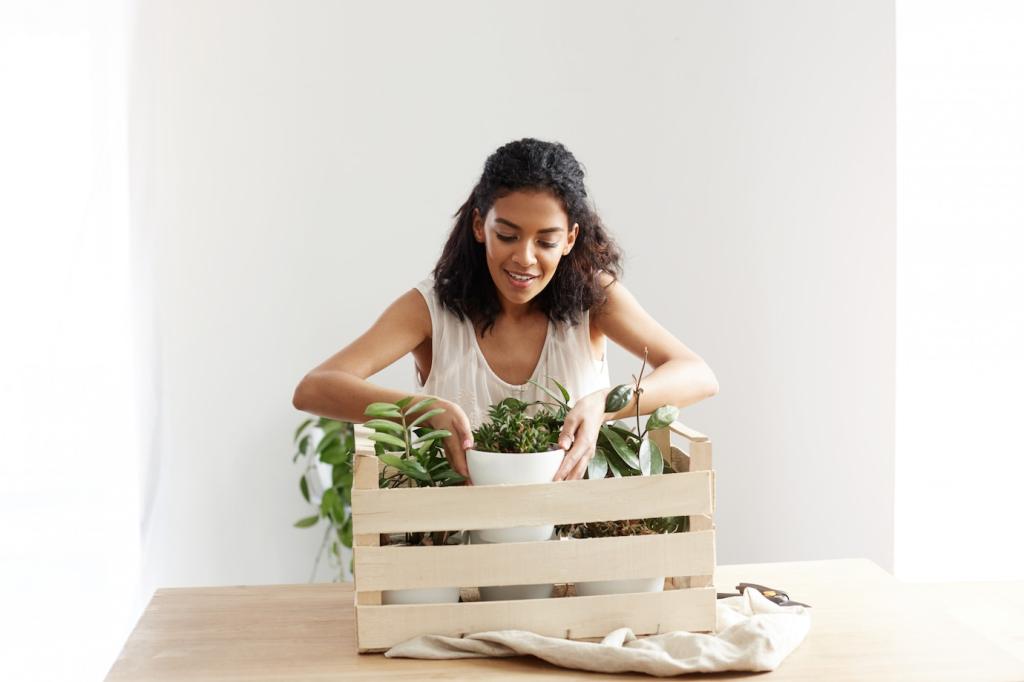
Why Upcycling Matters: Impact, Intent, and Joy
The Environmental Case for Second Chances
Upcycling diverts bulky furniture from landfills, preserves the embodied energy locked inside materials, and reduces demand for resource‑intensive new production. It’s a small, creative act with a big ripple effect across your home and community.
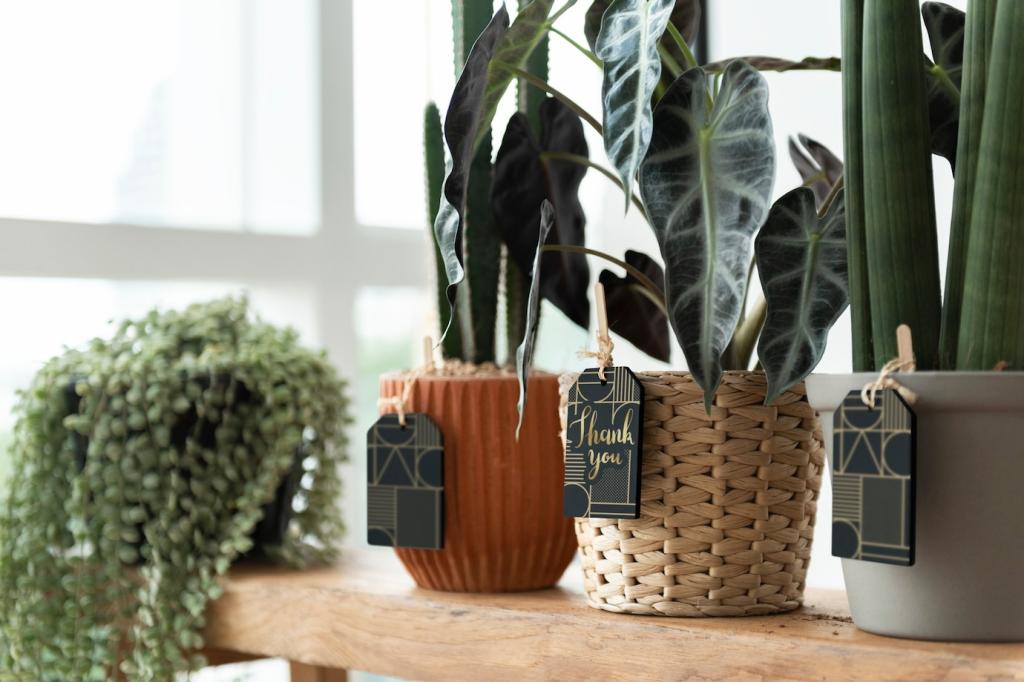
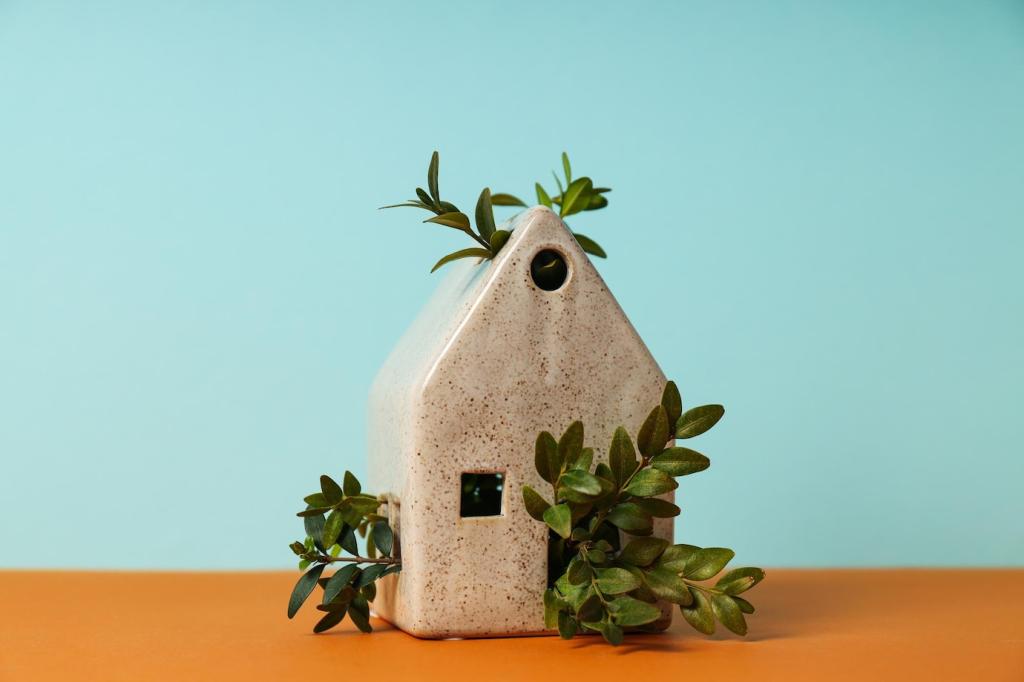
Materials That Love a Second Life
Solid wood frames, classic joinery, and hardware with patina respond beautifully to restoration. By choosing quality bones over trendy disposables, you honor craftsmanship while shaping eco‑friendly rooms that feel grounded, warm, and enduring.
Treasure Hunting: Finding Pieces With Potential
Thrift stores, curbside pickups, estate sales, and neighborhood groups can yield remarkable candidates. Start conversations, set alerts, and build relationships; people often love knowing their furniture will be revived in eco‑friendly rooms.
Treasure Hunting: Finding Pieces With Potential
Check wobble, joint integrity, and veneer stability before falling for a pretty profile. A few cosmetic flaws are fixable, but water‑warped frames or crushed particleboard may undermine longevity in an upcycled, everyday piece.
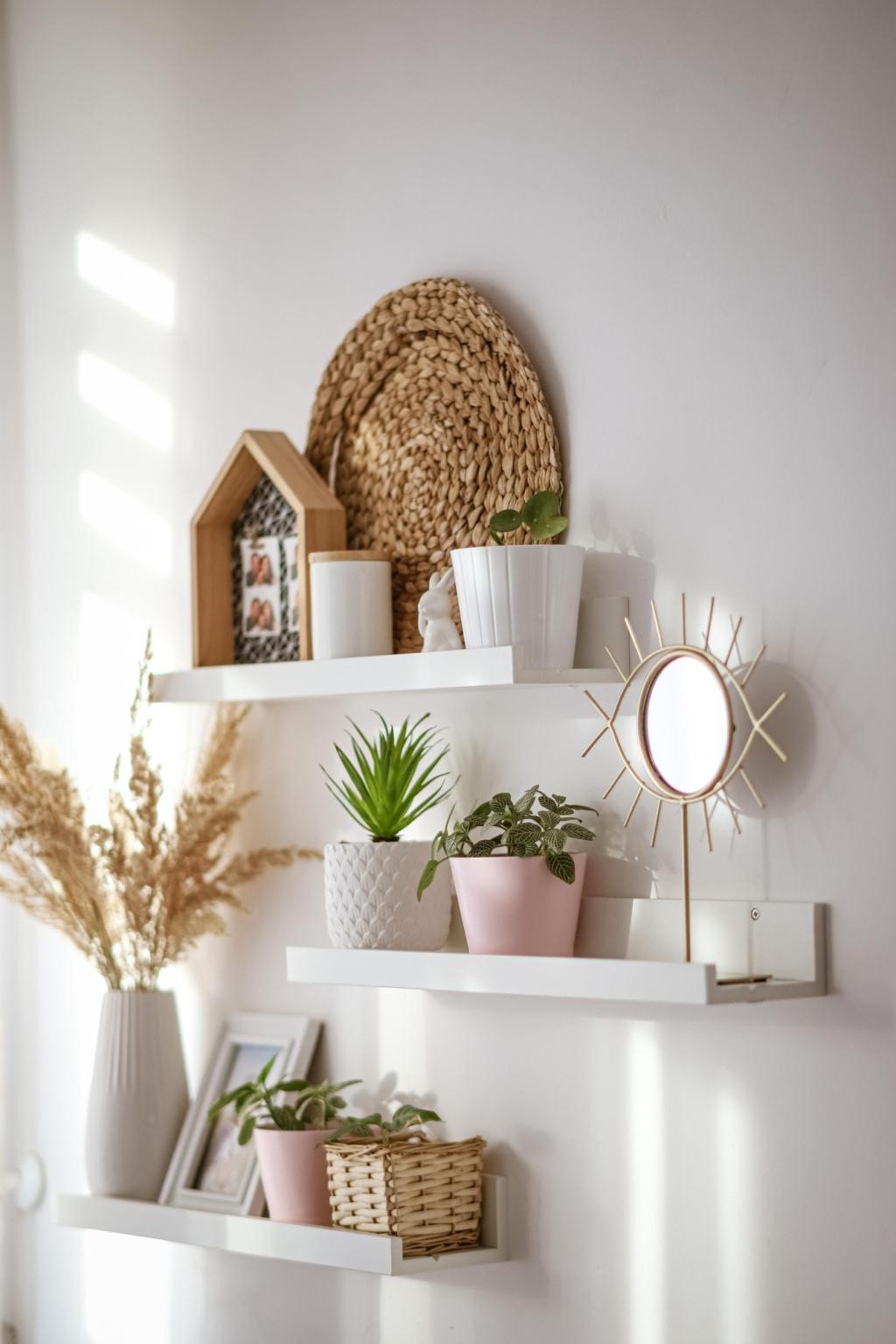
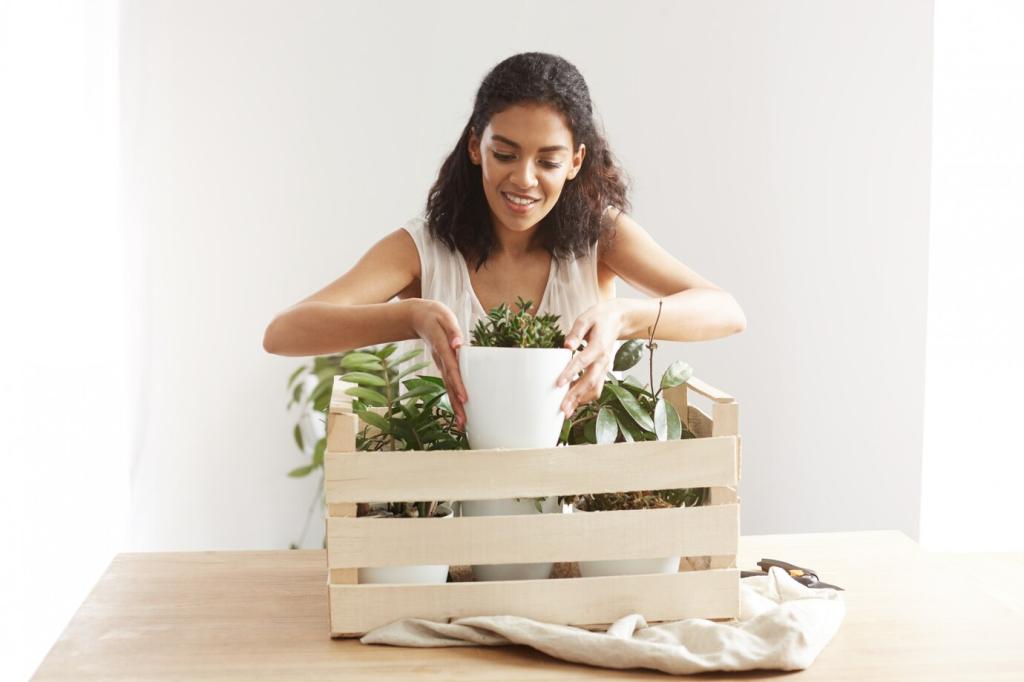
Design With Purpose: Planning Eco‑Friendly Aesthetics
Moodboards for Natural Harmony
Gather earthy palettes, matte textures, and biophilic accents to harmonize your upcycled furniture with plants, daylight, and breathable textiles. The result feels calm, cohesive, and unmistakably eco‑friendly without ever slipping into sterile minimalism.
Measure, Sketch, and Mock Up
Measure doorways, wall spans, and sightlines, then sketch scale drawings. Tape outlines on the floor to preview footprint and traffic flow. Planning prevents wasteful mistakes and ensures your upcycled piece genuinely serves daily living.
Designing for Multifunction and Longevity
Consider hidden storage, modular shelves, or reversible components. Multifunctionality makes upcycled furniture adaptable across seasons and homes, reinforcing sustainability by extending usefulness and limiting the temptation to buy new replacements.
Hands‑On Techniques That Respect the Planet
Gentle Stripping and Thoughtful Sanding
Choose citrus‑based strippers and target only what needs removal. Sand with proper extraction to capture dust. These mindful steps preserve material integrity, reduce exposure, and create a healthier foundation for eco‑friendly finishes.
Eco‑Savvy Paints, Oils, and Stains
Milk paint, chalk‑style finishes, and plant‑based oils deliver character without harsh fumes. Layer translucent stains to celebrate grain, then seal with low‑VOC topcoats that protect the surface without muting craft and warmth.
Hardware, Accents, and Reclaimed Details
Swap mass‑produced knobs for salvaged brass, leather pulls, or offcuts of reclaimed wood. Small, tactile upgrades elevate upcycled furniture, weaving history and sustainability into every drawer pull and door swing.
Upholstery Without the Footprint
Look for organic cotton, hemp, linen, or vintage textiles with strong weaves. Pre‑wash for shrinkage, check rub counts, and celebrate natural textures that age gracefully across eco‑friendly rooms filled with light and life.
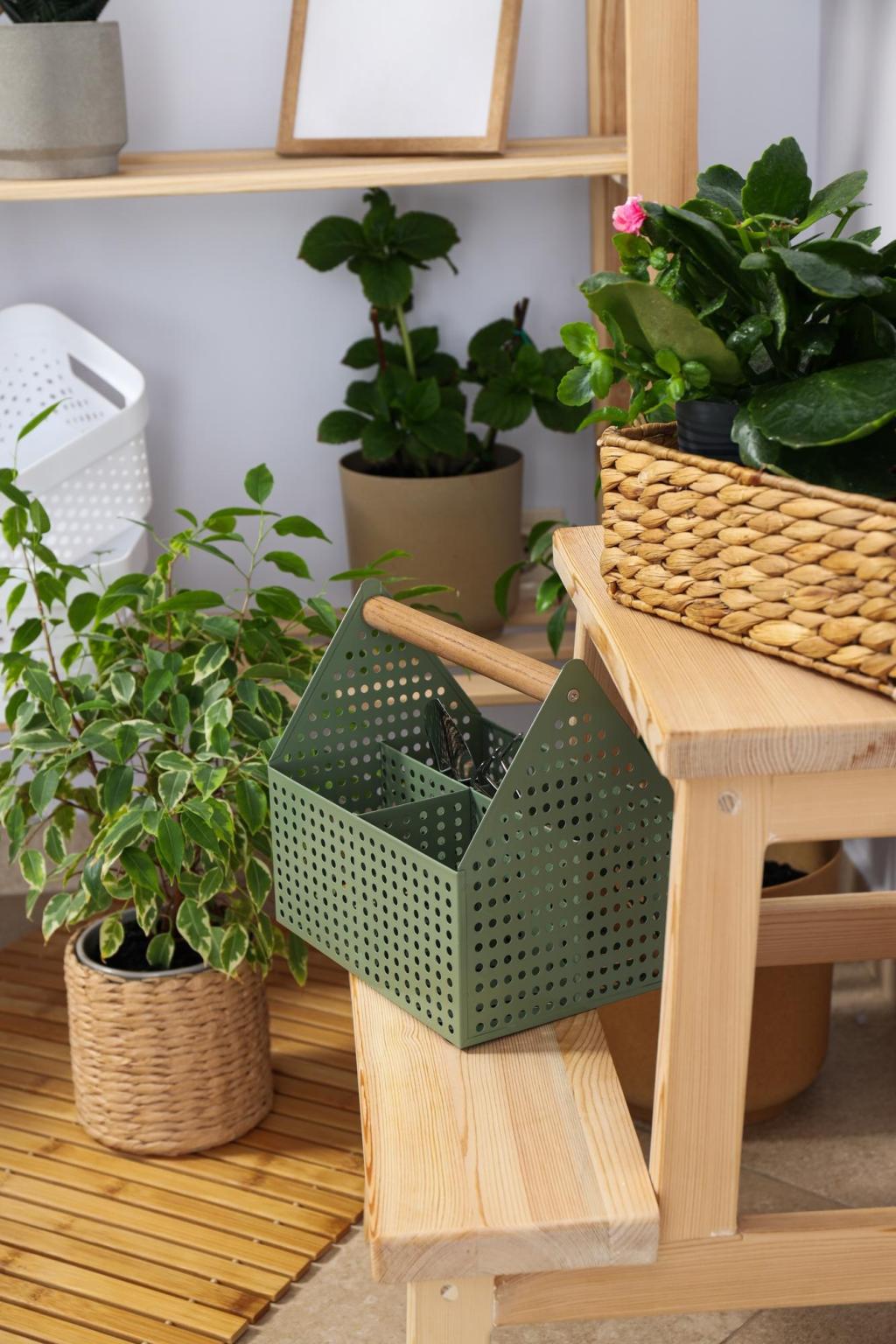
Hardwax oils, beeswax, and shellac offer tactile, repairable protection. They enhance grain, cure to resilient surfaces, and align with healthier indoor air, ideal for eco‑friendly rooms where you linger, read, and host.
Finishes, Protection, and Everyday Care
Community, Sharing, and Ongoing Inspiration
Invite neighbors to trade hardware, fabrics, or tools and help each other troubleshoot. These gatherings spark creativity, reduce waste, and turn solitary projects into supportive, sustainable rituals you’ll look forward to repeating.
